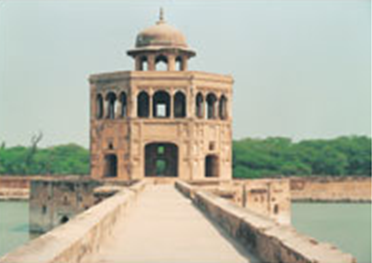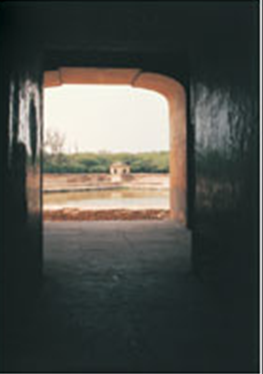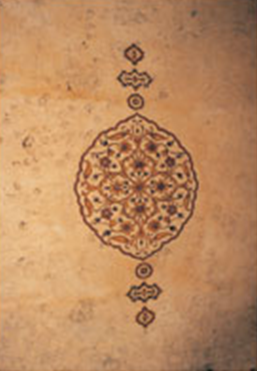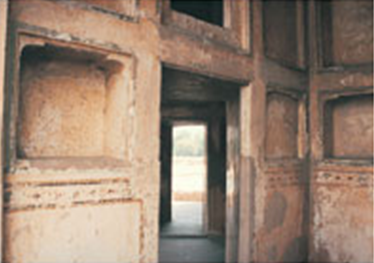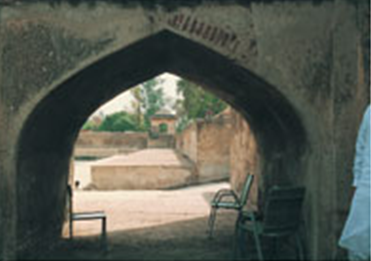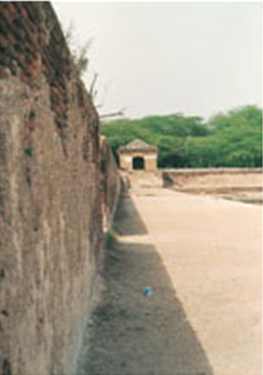Sheikhupura
This is a collection of articles archived for the excellence of their content. Readers will be able to edit existing articles and post new articles directly |
Sheikhupura
In memory of In memory of
Text and photos by Murtaza Razvi
Some 40 odd kilometres west of Lahore and past the city of Sheikhupura amid lush green countryside stands the historical Hiran Minar flanked by a water pool and a baradari. This was the hunting site where Prince Saleem, later to become Emperor Jahangir, came for shikar. The city of Sheikhupura was named after the prince by his father Akbar who addressed him as Sheikhu.
Details appearing in the Tuzuk-Jahangiri say that on March 31, 1607, an antelope was caught alive here by Jahangir’s entourage. When brought before the emperor, the animal showed instant affection, seating itself down at Jahangir’s feet, as if pleading to be spared and adopted. Jahangir liked the gesture, and naming it Mansraj, also issued a royal decree banning the shikar of deer at the hunting site.
When Mansraj finally died of old age in 1620, a minaret was ordered to be built at his grave, hence the name Hiran Minar. Measuring 110 feet in height, as it stands today after the collapse of its canopy on the top, 108 steps on a spiral staircase lead to the summit of the minaret where rest the remains of Mansraj. The cost incurred in those times on the construction of the minaret was Rs150, 000.
Later, in 1634, when Emperor Shahjahan stayed at his father’s favourite hunting site for three days, he ordered the construction of a baradari surrounded by a water pool. It was built in the classical Safavid Isfahan style, and the pool measures 890 by 750 feet. Water for the pool was arranged to be provided by a canal, linking Hiran Minar with River Chenab that flowed several miles further west of the site. Dried up, old water channels line the western sides of the monument, while a stream coming in from the opposite direction now fills the pool.
The baradari located in the middle of the pool and connected with the minaret through a passageway is reminiscent of the several octagonal tomb structures dating back to the period of Shahjahan and found in and around Lahore. While the wall paintings have long perished from inside the structure, a few faded frescos still remain on the ceiling of the main building. Winding spiral steps lead down to the boat bays located at the water level at the base of the baradari.
A thick keekar-jungle flanks the northern side of the pool, with winding footpaths zigzagging their way over the raised mounds. On the opposite side of the pool a tree-lined garden, with a canteen and some swings and slides await picnickers, but few are tempted to come here. The reason: a total lack of promotion of the retreat by the Punjab tourism department.

